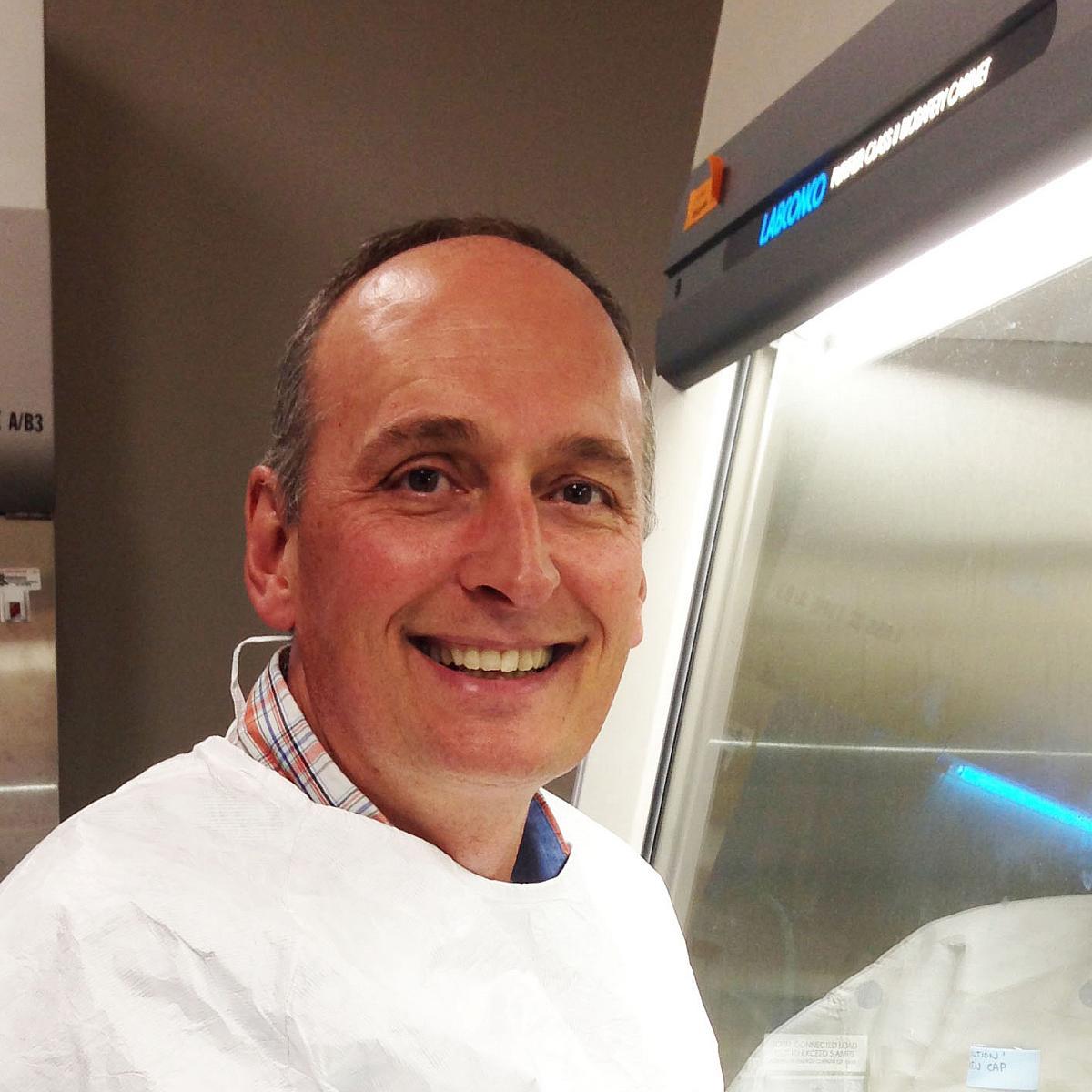Vicente Planelles, PhD, is a Professor in the Department of Pathology at the University of Utah and a member of the Cell Response and Regulation Program at Huntsman Cancer Institute. A major goal of his research is to understand, at a molecular level, the events that lead to apoptosis, the normal process of cell death. In cancer, cells do not die normally. Planelles earned a bachelor’s degree from the Universidad Complutense, Spain, and a PhD from the University of California, Davis. The topic of his presentation at our Congress is “Senotherapeutics for HIV and Aging”.
Half of people infected with HIV will be over 50 in the next decade. What new challenges does this pose and what strategies need to be followed to address them?
The main challenge for the health of PLWH over 50 is that they will likely be afflicted by normal age-associated co-morbidities, which will be compounded or exacerbated by those derived from long-term, controlled viral infection. At present, the life expectancy of PLWH is about 6.8 years lower than that of aged-matched controls. The comorbidity-free life expectancy at 21 years of age was lower in PLWH by 16.3 years compared with age-matched controls. The specific new challenges that I envision are:
- Age-related comorbidities: Challenge: Older PLWH are at a higher risk of age-related comorbidities such as cardiovascular disease, osteoporosis, and neurocognitive decline. Strategy: Integrate HIV care with age-appropriate screening and management of common age-related conditions. This may involve collaborative care between infectious disease specialists and other medical disciplines.
- Polypharmacy and drug interactions: Challenge: Managing multiple medications for both HIV and age-related conditions can lead to increased complexity and a higher risk of drug interactions. Strategy: Careful medication management, regular reviews of drug regimens, and close monitoring for potential interactions.
- Mental health and social isolation: Challenge: Older PLWH may face unique mental health challenges and increased social isolation. Strategy: Implement holistic care that includes mental health assessments and support services. Encourage social engagement and community participation to address isolation.
- Cognitive decline: Challenge: HIV-associated neurocognitive disorders may be exacerbated by aging. Strategy: Regular cognitive assessments, early intervention, and cognitive rehabilitation programs can be integrated into care plans.
Are the necessary measures being taken to combat the fragility associated with the early aging of HIV patients?
The first line of defense, which is actively being pursued, is to reduce or eliminate the viral reservoir. Since this represents a major challenge without a clear solution in the foreseeable future, therapeutic approaches to directly address frailty and co-morbidities are being explored in multiple clinical trials. Research in the field of senotherapeutics, which focuses on targeting senescent cells, is still an emerging discipline in its early stages, but initial results in the area of aging are highly encouraging.
How important can senotherapeutic devices be in the context of this global challenge related to HIV and aging?
Senescent cells are those that have stopped dividing and often secrete harmful substances/cytokines that contribute to inflammation and tissue damage. Here are some potential ways in which senotherapeutic devices could be important in the context of the global challenge related to HIV and aging:
- Addressing age-related comorbidities: HIV is associated with an increased risk of age-related comorbidities, such as cardiovascular diseases, neurocognitive decline, and frailty. Senotherapeutic devices could potentially help mitigate these comorbidities by targeting senescent cells and reducing the inflammatory environment associated with aging.
- Enhancing immune function: Aging is associated with a decline in immune function, and this is further exacerbated in PLWH. Senotherapeutic approaches might be used to rejuvenate or enhance the function of the immune system, potentially improving the body’s ability to control HIV and reducing the susceptibility to other infections.
- Reducing the burden of chronic inflammation: Chronic inflammation is a hallmark of both aging and HIV infection. Senotherapeutics aim to reduce inflammation by targeting senescent cells.
It is important to note that while senotherapeutic approaches hold promise, their effectiveness and safety in the context of HIV and aging need to be thoroughly investigated through clinical trials.
Although research on senotherapeutics has focused on treatment strategies, there are new approaches that caress the idea of prevention through cell therapy. Do you think it will be possible? What impact would it have on the quality of life of HIV patients?
Cell therapy, in general, involves the introduction of new, healthy cells into a patient’s body to replace or repair damaged tissue. While there has been progress in various forms of cell therapy for different conditions, the application of cell therapy for preventing or treating HIV is a complex and challenging. HIV primarily affects the immune system, specifically CD4 T cells, which play a crucial role in the body’s ability to fight off infections. Traditional treatments for HIV involve antiretroviral therapy (ART), which helps control the virus but does not cure it. The idea of using cell therapy for HIV prevention or treatment involves addressing the underlying immune system dysfunction. If successful, cell therapy for HIV could potentially have a significant impact on the quality of life of patients. It might help restore and enhance the immune system, reducing the reliance on long-term antiretroviral medications. However, developing such therapies involves addressing various challenges, including the ability to effectively target and replace the specific immune cells affected by HIV.
